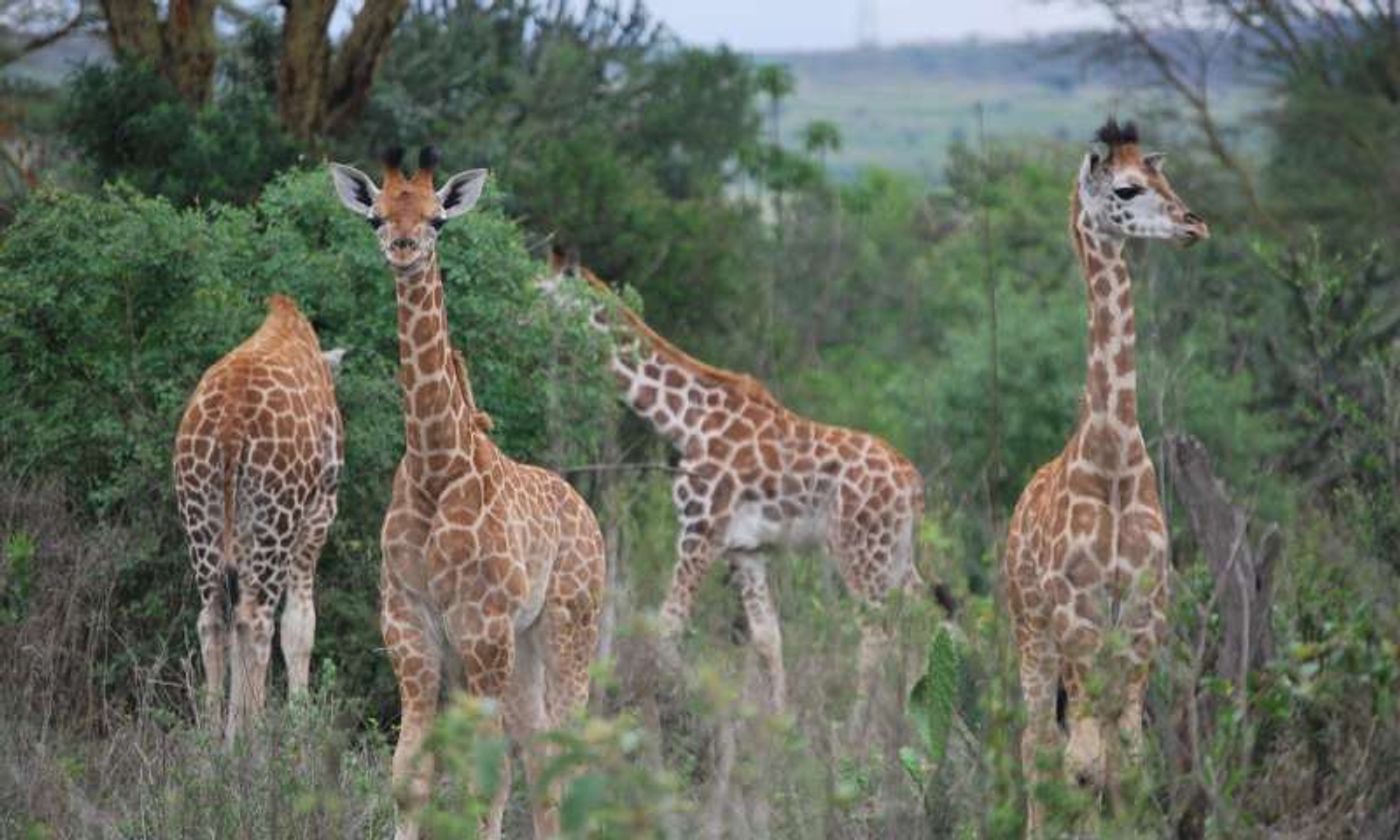No Discernible Correlation Between Giraffe Group Size and Predation Risk, Study Finds
Many animals respond to an elevated predator presence by increasing their group size. After all, there’s power in numbers, and it can help ensure survival. On the other hand, this logic doesn’t seem to apply to giraffes.
Image Credit: Zoe Muller/University of Bristol
Upon taking a closer look at giraffe populations in Kenya, University of Bristol researchers say they couldn't discern any noticeable differences in regions with more predators. The findings are published in the Journal of Zoology.
"This is surprising, and highlights how little we know about even the most basic aspects of giraffe behavior," said study lead author Zoe Muller from the School of Biological Sciences.
"This research adds another important piece to the puzzle of understanding how giraffes live in the wild."
Related: Rare leucistic giraffes spotted and filmed in Kenya
Giraffe populations have declined substantially in recent years; enough that the International Union for Conservation of Nature (IUCN) recognizes the species as ‘Vulnerable.’ Unfortunately, it seems that animal experts don’t understand the animals as well as initially thought, and this comes with implications for conservation efforts.
"Giraffes are a threatened species, suffering ongoing decline across Africa, and this research highlights how they are actually an incredibly misunderstood species," Muller continued.
"We can only manage and conserve giraffe populations effectively if we properly understand their behavior and ecology, which we are only just beginning to do."
Related: Researchers have found a giraffe suffering from vitiligo
One potential reason why researchers have just now uncovered this element of giraffe behavior is that giraffes aren’t studied as frequently as many other animals endemic to Africa. Consequently, the animals are experiencing significant changes in the wild, and it’s taking animal experts by surprise.
“Their recent listing as ‘Vulnerable’ on the IUCN red list is a valuable step towards recognizing their potential to become extinct, and more research is sorely needed to understand the threats and challenges they face in the wild,” Muller concluded.
Armed with this knowledge, animal researchers can push forward with additional relevant research. With a little luck, the results of such studies could help conservationists discern ways of preventing such steep giraffe declines throughout Africa.
It should be intriguing to see what else we might find out about giraffes as the studies take place. But only time will tell.
Source: University of Bristol









